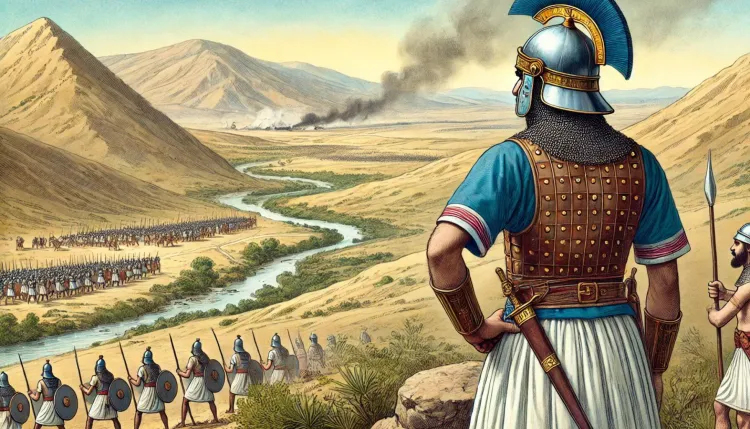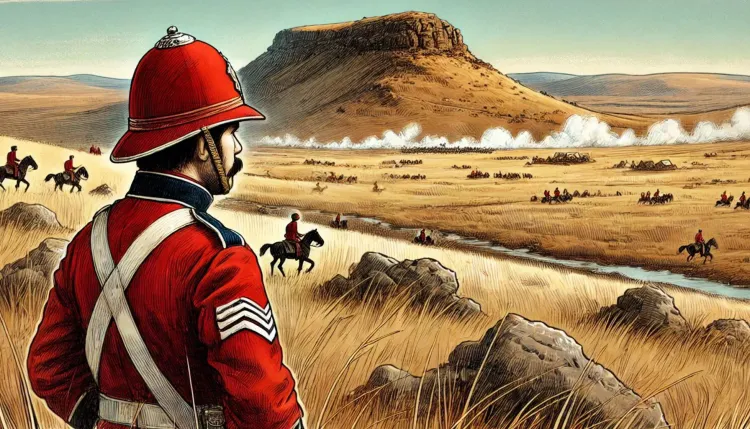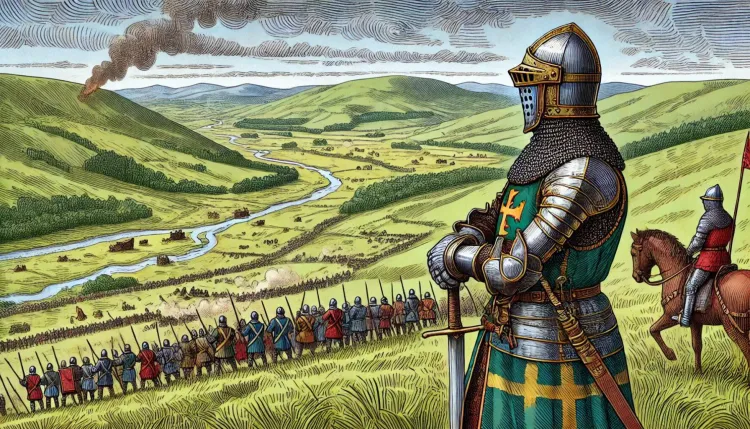Battle of Crécy

Prelude to Battle
The Battle of Crécy, fought on August 26, 1346, was a decisive engagement during the early stages of the Hundred Years' War, a protracted conflict between England and France that lasted from 1337 to 1453. The battle not only highlighted the tactical superiority of the English but also marked a turning point in medieval warfare, showcasing the effectiveness of longbowmen and disciplined infantry over traditional mounted knights.
By the mid-14th century, the English and French monarchies were locked in a fierce struggle for dominance over France. Edward III of England had laid claim to the French throne through his maternal line, sparking conflict with the reigning French king, Philip VI. The war had already seen several skirmishes, but Edward’s 1346 campaign was particularly ambitious. He sought to establish a foothold in northern France by launching a bold invasion, landing at Normandy with around 15,000 troops. After weeks of pillaging and marching toward Paris, Edward found himself pursued by a larger French force, leading to a critical decision: to make a stand at Crécy, a small village in northern France.
This engagement would prove to be one of the most significant battles of the Hundred Years' War, with far-reaching consequences for both kingdoms.
Opposing Forces: The English
King Edward III led the English forces at the Battle of Crécy, bringing a well-trained and disciplined army that numbered around 12,000–15,000 men. The core of his army was made up of longbowmen, infantry, and a small number of mounted knights. The longbowmen, armed with powerful yew longbows, were Edward’s most valuable asset. These archers could fire up to six arrows per minute with deadly accuracy, and their long range allowed them to strike French forces from a distance before they could engage in close combat.
Edward’s army was well-organized, with each unit positioned strategically to defend the high ground at Crécy. The English king was also a shrewd commander, capable of adapting to the situation and using terrain to his advantage. Edward’s soldiers were motivated, having already achieved several successful raids and victories during their campaign. Supply lines remained intact, and morale was high, with the men fully aware of the importance of the coming battle.
The English longbow, a relatively new weapon on the battlefield, would soon prove to be a decisive factor in the battle. The English knights and infantry were well-prepared to hold the line while the longbowmen rained arrows upon the enemy, creating a highly effective defensive formation.




